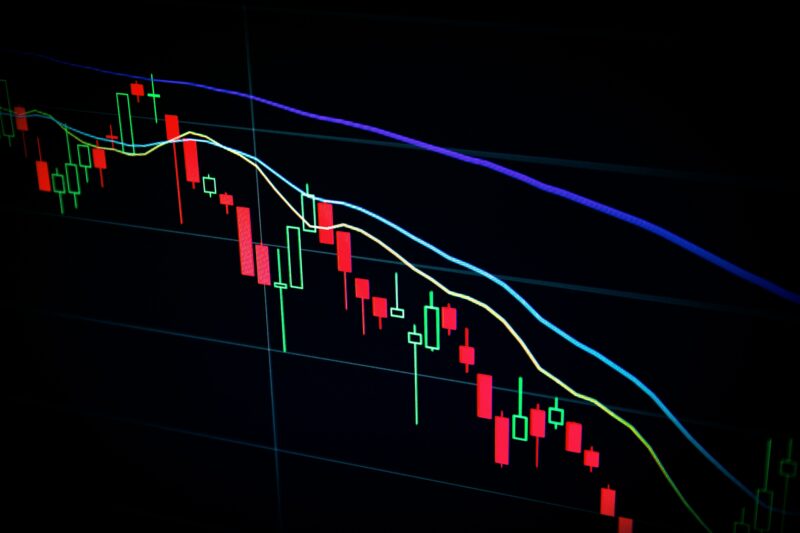Tuesday morning saw a weakening of the Japanese yen, a consequence of the Bank of Japan’s decision to raise interest rates for the first time since 2007. At the same time, the institution renounced control of the yield curve. The market is still unsure about the future shape of monetary policy in the coming months. The USD/JPY currency pair rose above the 150.00 level, thus fully offsetting the JPY’s strengthening seen at the beginning of March.
This morning, the Bank of Japan indeed increased the cost of money for the first time since 2007. The short-term interest rate is now set between 0 and 0.1 percent. Simultaneously, no specific target was set for long-term government bonds, although the BoJ still intends to buy similar amounts as before, only without a clear objective. On the other hand, the institution will stop purchasing ETFs and REITs, and the purchase of commercial papers and corporate bonds will gradually be limited and completely suspended within the next 12 months. Despite these fairly broad measures, the yen responded negatively to this decision. It remains unclear what will happen next. There is no indication that the BoJ plans a real cycle of interest rate hikes.
The yen could only benefit if the central bank suggested a real cycle of monetary tightening rather than mere adjustment of monetary conditions, as we witnessed this morning. The rate hike that materialized was fully priced by the market; hence the reaction of the FX market.
Today, the BoJ has taken the first step towards moving away from ultra-expansive monetary policy. However, this was not a clear “hawkish” turn but rather a “dovish” rate hike. Inflation will likely be the key factor now. If there are further signs of it stubbornly remaining at 2%, further steps towards normalizing monetary policy may take place.
The Reserve Bank of Australia also decided on interest rates today. While it was unlikely the RBA would raise rates again, the decision to keep them at 4.35% exerted some pressure on the AUD. It appears some market participants were expecting a more hawkish statement. Given recent progress in disinflation, I find it was fair to talk about a more balanced set of risks for the interest rate. In practice, the next step in interest rates will likely be a cut. However, the RBA will maintain a cautious approach in the coming months and the rate cut will likely occur in the second half of the year. The AUD/USD pair dropped to 0.6510 level, the lowest since March 6th.
Łukasz Zembik Oanda TMS Brokers
